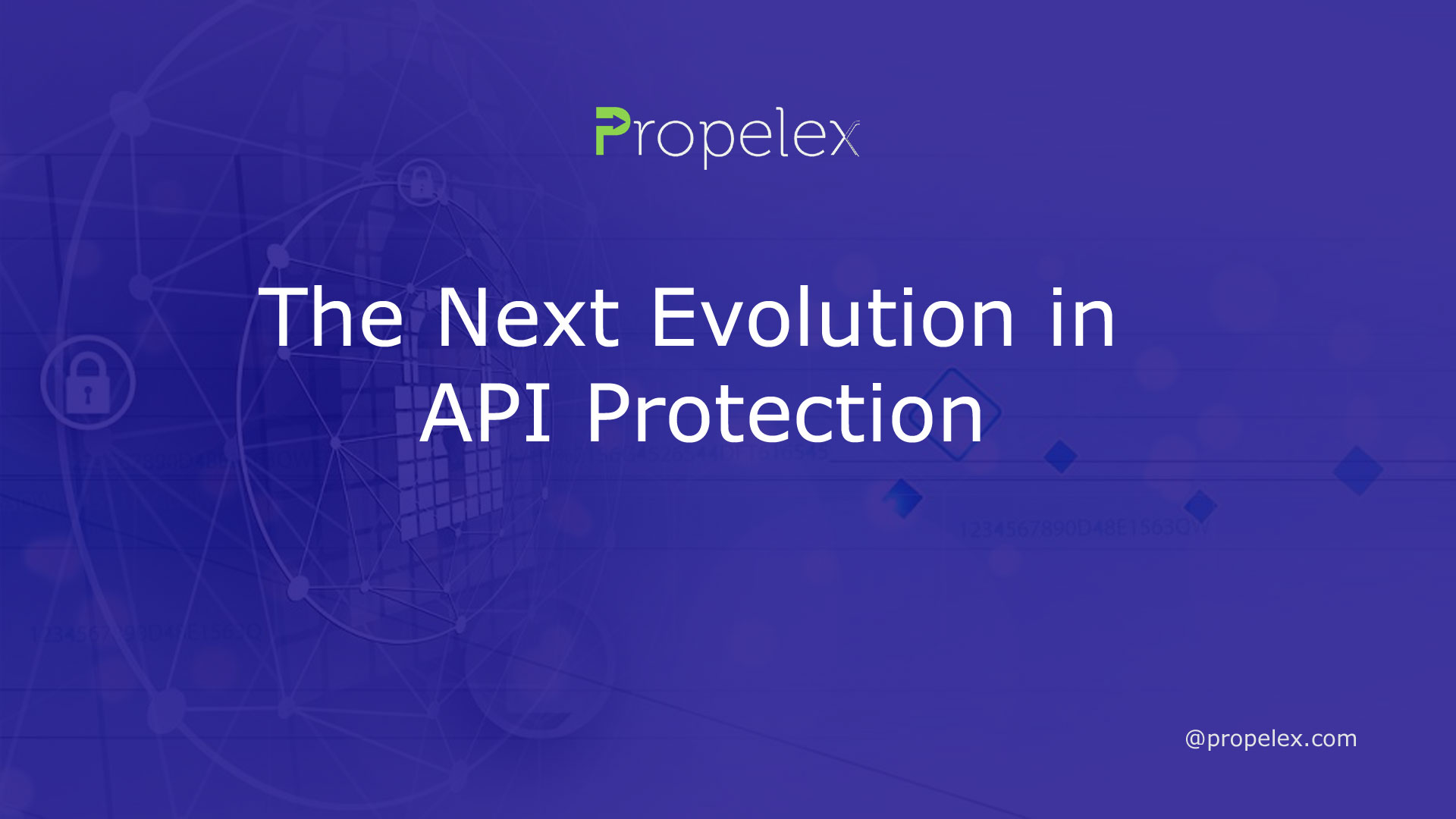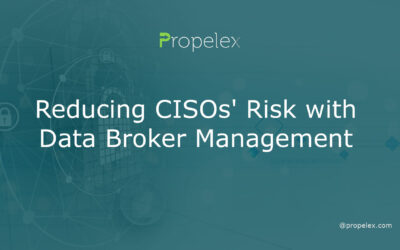The Next Evolution in API Protection is a GraphQL-based security framework designed to provide an integrated solution for safeguarding Service APIs. It works across various environments and deployment architectures.
Web application and API protection.
Web application and API protection is a suite of technologies designed to safeguard internet-facing web applications and APIs. It consists of four core elements: authentication, DDoS protection, bot mitigation, and protection for APIs.
Web applications are essential components of many organizations’ online presences. They grant users access to sensitive data and act as a communication channel, making them vulnerable to malicious attacks.
Today’s world is increasingly complicated by threats against web apps. These can range from phishing attacks and account takeovers to Denial of Service (DoS) attacks. Fortunately, security professionals can protect against these hazards using modern web application and API protection technologies.
Web application and API protection is designed to help organizations protect their sensitive data from cybercriminals. It combines customer-facing authentication processes and authentication APIs, providing protection for web applications and APIs against malicious bots, DDoS attacks, and emerging cyber threats.
GraphQL
GraphQL is an open-source language that enables developers to query multiple data sources simultaneously through an API call. Its flexibility and convenience make it ideal for migrating monolithic applications into microservice architectures, but like any technology, there can also be risks if you don’t take appropriate precautions to protect your data.
Utilizing GraphQL to its full potential requires understanding the language’s security features. Gaining an in-depth knowledge of GraphQL’s specification can help you avoid numerous security issues.
GraphQL’s primary security flaw is its lack of object-level authorization. This makes it vulnerable to attackers crafting complex queries that could overwhelm databases, application servers and other APIs.
Service APIs
The API protection landscape is evolving. Organizations are searching for a comprehensive solution that addresses all aspects of their API environment – cloud, mobile and API security included. Fortunately, there are solutions available on the market.
To get your security program underway, it’s essential to know where to begin. First you must identify which APIs require protection – this can be a challenge.
APIs are an efficient way to simplify complex interactions. They give companies easy access to data and applications, as well as supporting an efficient supply chain. Unfortunately, APIs may also be vulnerable to common web application vulnerabilities like SQL injection and cross-site scripting attacks.
Successful API protection requires constant monitoring. Furthermore, a layered defense strategy that includes strong authentication, encryption and an application identity can further safeguard your APIs.
Adaptability to all kinds of environments and deployment architectures
When it comes to data protection, there are various technologies to choose from. These include the classics like RSA, ciphertext and scrypt as well as more exotic options like ad-hoc, multifactor and tokenization. Aside from security concerns, organizations also need to consider scalability and performance; organizations must be able to adapt across various environments such as cloud environments, hybrid clouds and on premise for an edge over competition.
Organizations must look beyond standard infrastructure offerings to find services to deliver rich user experiences. Examples of such include cloud, mobile and social networks. If needed, APIs can be used for communication between services. Alternatively, microservices may communicate internally and externally through a service mesh network – an interconnected distributed network acting as a proxy for internal communication infrastructure.
Uncertainty regarding who is accountable for API security
Though there is still uncertainty as to who is ultimately accountable for API security, some general guidelines can be followed.
The initial step to guarantee an organization’s security is identifying its APIs. This can be accomplished through code review, which will reveal any vulnerabilities in your code. Moreover, two-step validation can be utilized to guarantee that all code has been validated on both sides for added assurance.
Once you’ve identified your APIs, create an inventory. This can be challenging since many companies have both public and private APIs; therefore, you need to determine which ones are being utilized and what security solutions they have implemented.









